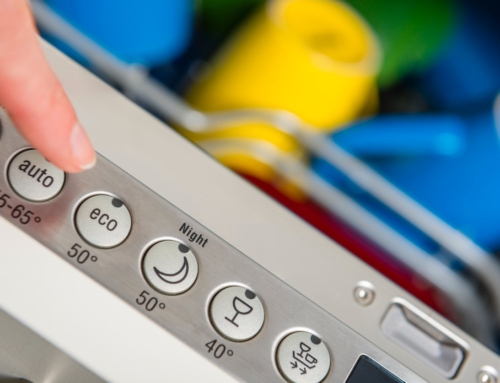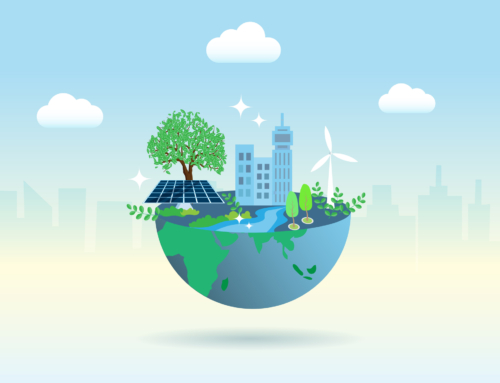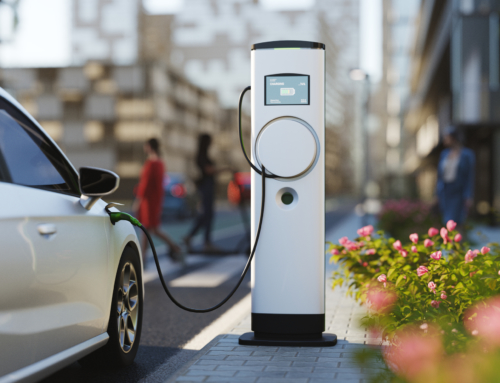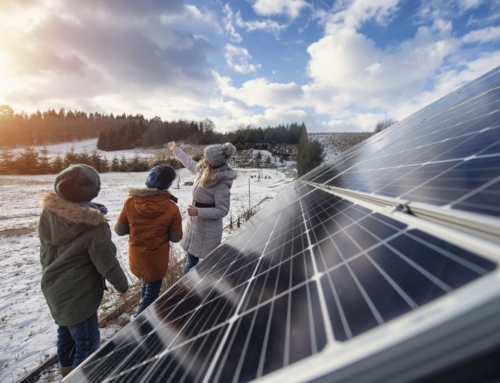When it comes to green initiatives, none are more essential than sustainable building practices. According to Architecture 2030, building operations are responsible for 27% of global Co2 emissions annually. To reduce the environmental impact caused by construction, we must transition to green building practices.
Why? Because this transition will move us towards a sustainable world by helping reduce our toxic waste and global carbon emissions. In this article, we will look at some of the best sustainable building materials and practices available for homeowners. We’ll also dive into the benefits and best practices of green housing practices.
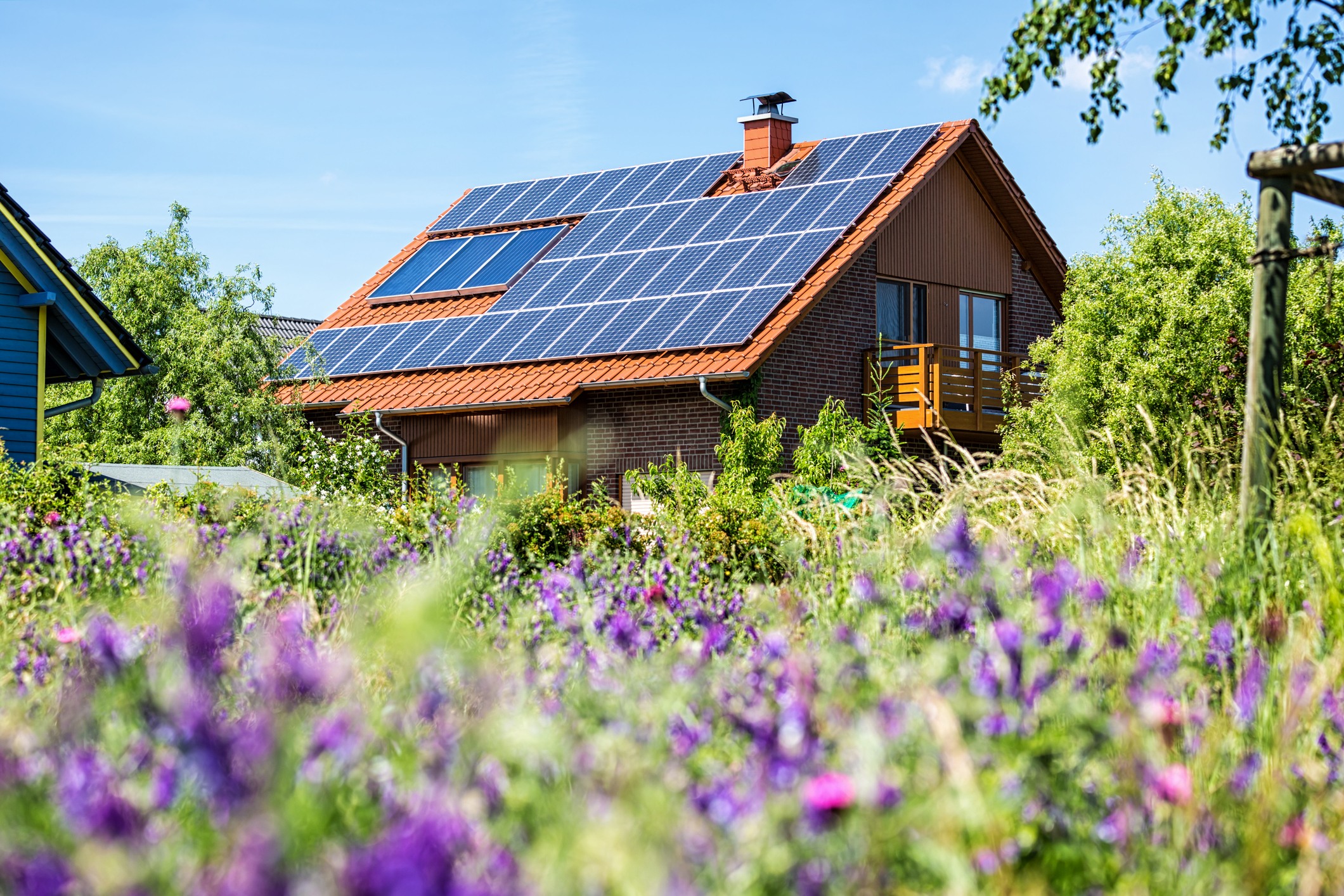
What Is Sustainable Building?
Sustainable building is a green practice where home builders use natural materials, renewable resources, and recyclable materials to create livable spaces. Think of it as a renewable development practice, where resources are used efficiently to minimize environmental damage.
The goal is to construct living spaces that accomplish the following:
- Ensure a high quality of life
- Minimize waste
- Reduce environmental impact
As industries continue to find solutions to minimize their carbon footprint, green building practices will become more and more standardized. To back that claim up, consider the following data: According to GlobalData, the green building market value in the United States grew by 10.8% between 2020 and 2021.
Going forward, expect to see more companies taking advantage of green building projects.
11 Sustainable Building Practices
With advances in technology, conservation methods, and a rise in environmental awareness, green initiatives are gaining momentum around the world. With that in mind, here are 11 sustainable building practices that will benefit homeowners:
1. Net-Zero Homes
Net-zero homes operate like regular homes, except these zero-energy houses are incredibly well-insulated and air-tight, and can produce as much renewable energy as they consume in a year. The result? An elevated sense of comfort, and environmental stability for the homeowner.
2. Distributed Energy Systems
A distributed energy system (DES) allows homeowners to improve the reliability of their grid power while generating electricity using renewable energy. It can also serve as a single structure for a home or a building. Best of all, it reduces electricity loss along transmission lines.
3. Natural Light
Even if you plan on using light bulbs, you can still reduce your dependence on them by maximizing the amount of natural light entering your home. Do so by installing skylights on your ceiling. Think of skylights as upward-facing windows for your roof. They allow sunlight to reflect off clouds to brighten your home.
4. Energy-Efficient Windows
Energy-efficient windows consist of two or more panes of glass with an inert gas filling the space between the panes. This gas material prevents heat from escaping your home, which increases insulation while reducing energy consumption. Now you don’t have to worry about keeping your house warm during the winter.
5. Low-Flush Toilets
Here is a fascinating fact about water usage: The average American family uses up to 300 gallons of water per day at home. Unlike regular toilets, low-flush ones include pressure-assisted models that can reduce the amount of water required to channel waste through a plumbing system and away from your home.
6. Tankless Water Heaters
According to Energy Saver, water heating accounts for 20% of home energy usage. A tankless water heater only heats water when it’s needed, allowing you to reduce your energy consumption and prolong your supply of hot water. Plus, tankless options last longer than traditional water heaters.
7. Eco-Friendly Floors
When your main focus is on sustainable house efforts, you probably don’t think about your floors. However, if you are committed to environmental preservation, consider adding eco-friendly floors. Why? Sustainable floors are made of recycled materials, including reclaimed hardwood and recycled glass. Best of all, more trees don’t have to be chopped down for reclaimed wood floors.
8. Drip Irrigation System
A drip irrigation system is an efficient choice for watering your yard. Unlike sprinklers, drip irrigation delivers water to your plant’s roots while reducing both runoff and evaporation. An added benefit is the ability to substantially minimize water waste.
9. Energy-Efficient Light Bulbs
Energy-saving light bulbs require less electricity to emit the same amount of light as incandescent (traditional) options, helping you to reduce your carbon footprint. Options like LED (light-emitting diode) bulbs can last about 30 times longer than incandescent bulbs. Plus, they generate less carbon dioxide.
10. Organic Beddings
If you’re hoping to spice up your home’s interior, look into organic bedding. Unlike conventional beddings, organic ones do not contain harsh chemicals such as pesticides. Additionally, certified organic beddings are made from 100% natural fiber, so their environmental impact is minimal.
11. Rainwater Harvesting
Rainwater harvesting is the collection of rainwater so you can reuse it later. Harvesting offers several advantages as a water management practice. Homeowners can recognize how much water they use around the house while reducing runoff and surface water contamination. Check the regulations in your state.
5 Sustainable Building Materials
Home builders have a wide variety of materials to choose from for sustainable construction. Take a look at the following sample of some of the best eco-friendly building materials you can use for your home:
1. Cob
Composed of natural ingredients such as soil, sand, and lime, cob is a popular choice for builders of first-time homes. What benefit does this natural material provide? It can slow down the rate of heat transfer, which regulates a home’s internal temperature. Plus, its production can decrease energy demand by 62–82%.
2. Bamboo
Bamboo is not only a versatile material, it’s also a durable wood that can withstand compression—meaning it can resist pressure from external forces. Plus, you can harvest bamboo within three to five years of planting (unlike timber, which requires decades to cultivate).
3. Cordwood
Cordwood is made of 40% wood and 60% mortar. The mortar mix is designed to provide your home with insulation. Cordwood is environmentally friendly as it’s composed of natural materials. Plus, it provides insulation from both heat and cold.
4. Adobe Brick
Adobe brick is composed of sun-dried mud bricks that can be easily cut for fitting. These bricks are fireproof and durable providing low sound transmission levels through walls so you can enjoy tranquility in your living space. Because of the nature of clay material, adobe brick also provides solid water resistance.
5. Natural Stonework
Natural stonework offers several advantages as a sustainable material. For starters, homeowners can use it for staircases, worktops, and splashbacks. Also, because of its physical features and thickness, it has a high level of thermal insulation—meaning it will help keep you cool in the summer and warm in the winter.
Benefits of Sustainable Building Practices
In addition to environmental protection, sustainable building practices promote both individual and community health. Here is what you need to know about the benefits of green construction:
- Reduces waste: When handled poorly, construction projects lead to major ecological waste, especially when toxins enter the soil. However, with renewable resources, nature-friendly materials, and recyclable products, we can use sustainable practices to preserve the environment.
- Contributes to the economy: According to the GlobeNewswire, the non-residential green building market in the United States is expected to reach $103 billion this year. Coupled with an increased demand for labor, the green building industry will continue to make its mark on our economy.
- Improves our health: Physical surroundings play a substantial role in our health and stability. Poor living conditions and exposure to toxic chemicals are recipes for a public health disaster. By prioritizing green spaces and non-toxic materials for construction, we promote good health, reduce illness, and increase quality of life.
- Reduces our carbon footprint: The U.S. Energy Administration found that residential and commercial buildings accounted for 39% of total energy consumption in 2021. As our environment changes, green building practices will become critical to reducing our carbon footprint while minimizing our energy consumption patterns.
Sustain Your Home with Spring Power & Gas
The adoption of sustainable building materials helps homeowners adopt cleaner energy solutions, build sustainable homes, and achieve conservation goals.
Here at Spring Power & Gas, we believe sustainability is the key to unlocking a brighter future for us all. As a leader in the energy retail industry, we’re committed to providing consumers with the knowledge and energy solutions needed to minimize their environmental impact.
Check out our energy-saving plans to learn more about ways you can sustain our environment. Contact us with any questions you may have.

